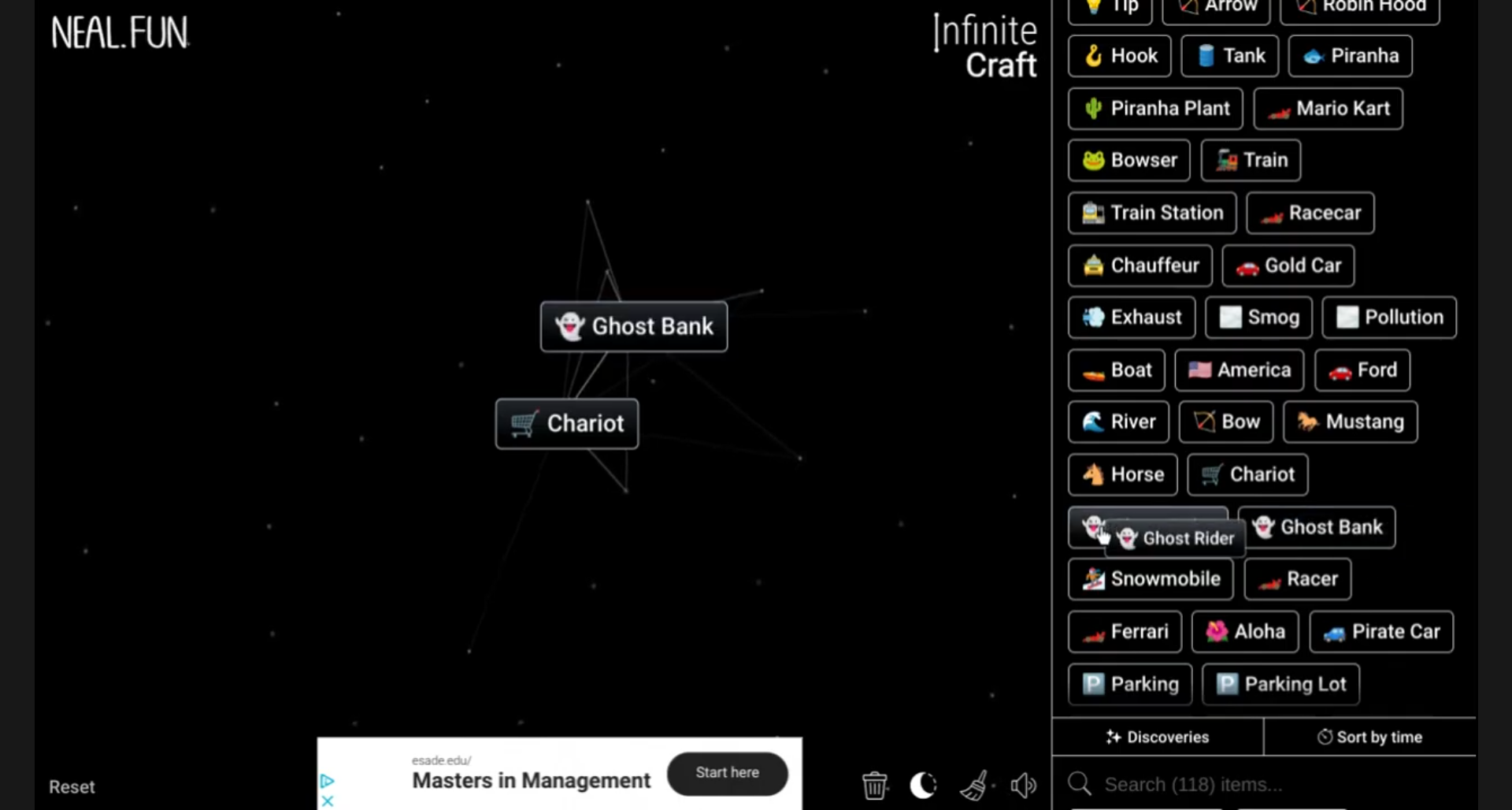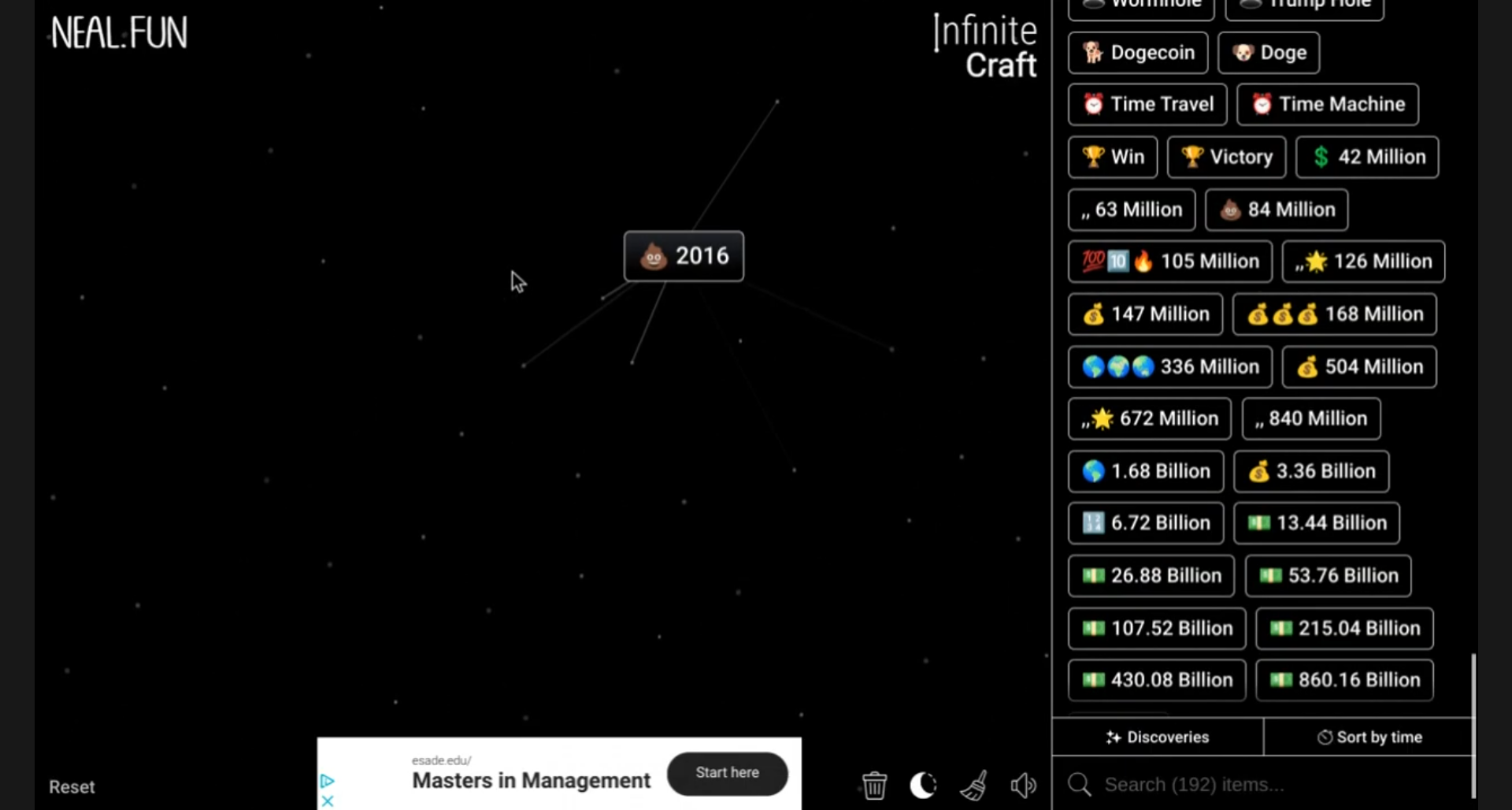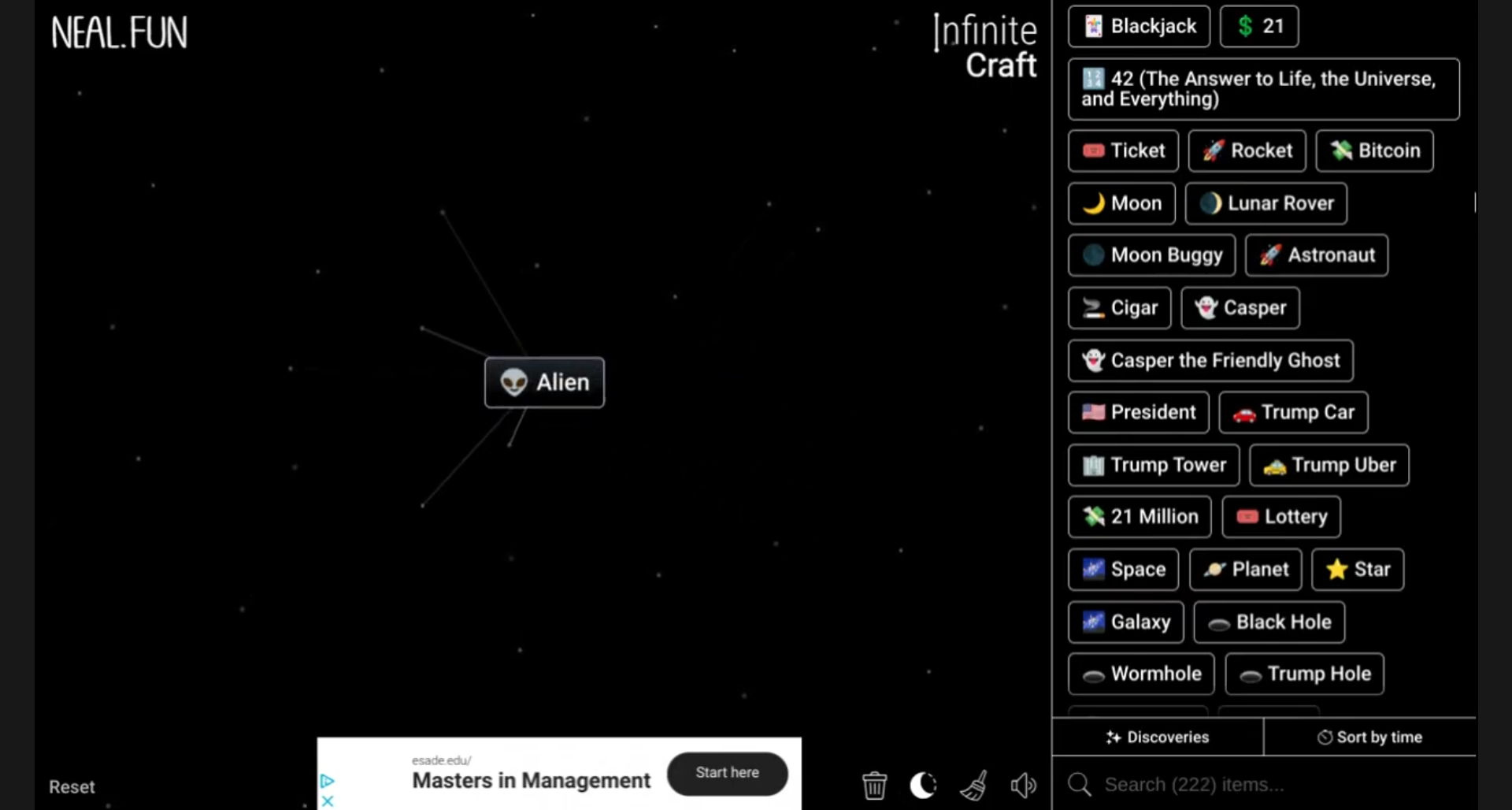In the realm of video gaming, the concept of infinite crafting has garnered significant attention. This innovative mechanic allows players to continuously create items without the typical limitations found in traditional crafting systems. As gaming evolves, many titles have integrated this feature, allowing for boundless creativity and exploration. However, incorporating historical figures such as Adolf Hitler into games presents a myriad of ethical and social complexities.
The inclusion of such controversial characters raises essential questions about sensitivity, representation, and the impact on the gaming community. This article aims to explore these themes while providing insights on how to effectively create an infinite crafting experience while navigating the challenges that come with historical representations.

Understanding Infinite Craft Mechanics
What is Infinite Craft?
Infinite crafting refers to the ability to produce and utilize items indefinitely, often providing players an uninterrupted gameplay experience. Popular games like Minecraft and Terraria serve as prime examples, where players gather resources and forge various tools, weapons, and structures without exhausting their crafting potential. This feature enhances gameplay dynamics, allowing players the freedom to experiment and innovate within the game world.
Game Mechanics Relevant to Infinite Crafting
Crafting systems can vary widely across different games. Here, we will break down some of the essential elements of crafting mechanics:
– Material Gathering: Players must collect various resources, such as wood, stone, and metal, to craft new items. The abundance of materials promotes exploration and innovation.
– Recipes and Blueprints: Crafting requires knowledge of specific recipes or blueprints that dictate how materials can be combined to create new items. This aspect encourages players to discover hidden recipes throughout their adventures.
– Resource Management: Balancing resource collection and usage is crucial for success. Players must carefully plan their crafting endeavors while ensuring they do not deplete essential materials.
To thrive within infinite crafting games, players must also learn to troubleshoot common crafting issues, including:
– Recognizing missing materials or tools
– Odd crafting combinations that yield unexpected results
– Understanding game updates that may affect existing recipes and mechanics
Context and Relevance of Hitler in Crafting Games
Historical Figures in Gaming
Throughout gaming history, developers have introduced various historical figures, shaping narratives and gameplay. The portrayal of these figures can diverge significantly from historical reality, depending on artistic interpretation and narrative goals. For instance, characters inspired by historical leaders may carry symbolic weight, influencing player perception and engagement.
However, the decision to incorporate controversial figures like Hitler can have profound implications for the gaming community. It raises questions about how players relate to these characters and the messages conveyed through their inclusion. Parody and satire in gaming have been employed in some contexts to address sensitive issues, but they must be approached with caution.
Ethical Considerations
Game developers bear a significant responsibility in how they depict sensitive figures within their creations. Including Hitler or similar personalities can elicit backlash and controversy, necessitating a thorough consideration of context, intent, and potential impact on players.
Understanding the ethics surrounding representation is crucial. Developers must be mindful of the implications of their choices, as gaming can serve as both entertainment and education. The need for a responsible approach cannot be overstated, as misrepresentation may harm communities and perpetuate negative stereotypes.
Steps to Create an Infinite Crafting Experience
Concept Development
Creating an infinite crafting game or mod can be a fulfilling venture. Developers should start with a coherent concept, brainstorming unique crafting scenarios that integrate storytelling and gameplay. Ideas may include crafting elements that play a role in a larger narrative or developing systems that reflect the culture and time of depicted historical figures.
Additionally, sketching out gameplay mechanics—integrating resource management, crafting systems, and player objectives—can help create a balanced experience, ensuring engaging and rewarding gameplay.
Gameplay Implementation
Choosing the appropriate platform is critical for the game’s success. Developers may decide between modding existing games or creating a new game from scratch. Each approach presents its unique challenges and opportunities.

– Designing the Crafting System: The crafting system should be intuitive, providing players with a user-friendly interface for combining materials and creating items. Simplifying complex mechanics will enhance player engagement.
Deciding on the right tools, such as programming languages like C++ for game development or Lua for simpler modding tasks, is essential for a smooth implementation process.
Content Creation
Visual representation plays a massive role in crafting games. Designers must incorporate appropriate graphics and design elements while avoiding harmful stereotypes or offensive imagery. A respectful and thoughtful design process can help foster an inclusive, welcoming community.
Scripting and coding the infinite crafting system greatly impacts gameplay. Utilizing essential programming languages and tools will streamline the development process and ensure that the mechanics are functional and engaging.
Community Reception
Testing and Feedback
Gathering feedback from players is a vital part of developing games within the crafting genre. Conducting alpha and beta testing allows developers to receive input from a diverse player base.
Handling criticism effectively is crucial. Utilizing an iterative development process enables developers to refine gameplay and addressing concerns raised during testing, ultimately resulting in a more polished final product.
Future of Infinite Crafting
The landscape of the gaming industry is continuously shifting, particularly concerning crafting mechanics. It is essential for developers to stay updated on trends, understanding what players enjoy and how infinite crafting systems may evolve. Community-driven content is becoming increasingly prevalent and can lead to exciting innovations within the genre.
Conclusion
Responsible game design in the context of how to make Hitler infinite craft requires careful consideration of historical representations and their potential impact. Developers hold the power to educate and inform through their creative endeavors, using historical figures to illuminate past events while being ethically conscious.
By encouraging innovation, gaming can serve as a transformative medium that both entertains and informs. Embracing these challenges can lead to enriching experiences for players, weaving together the threads of creativity, ethics, and community engagement.
References and Further Reading
– [Game Development Resources](https://www.gamasutra.com/)
– [Historical Context in Gaming](https://www.history.com/topics/technology/video-games)
Call to Action

We invite you to engage in a discussion about ethical representation in gaming. Share your thoughts and experiences in the comments below or join the conversation in relevant forums. Together, we can explore the potential of crafting modules responsibly while navigating the complexities of historical representation.
| Section | Key Points |
|---|---|
| Understanding Infinite Craft | Definition, gameplay dynamics, examples from popular games. |
| Game Mechanics | Material gathering, recipes, resource management. |
| Context of Historical Figures | Impact on the gaming community, parody, and satire. |
| Ethical Considerations | Developer responsibility, context, potential backlash. |
| Steps to Create an Infinite Crafting Experience | Concept development, gameplay implementation, content creation. |
| Community Reception | Importance of testing, handling feedback. |
| Future Trends | Predictions for infinite crafting systems and community-driven content. |
Frequently Asked Questions
1. What is infinite crafting in games?
Infinite crafting allows players to create items without limitations, enhancing creativity in gameplay.
2. How does the inclusion of historical figures impact gaming?
Incorporating historical figures can shape narratives and player perception, but it raises ethical questions.
3. What are some examples of games with infinite crafting systems?
Notable examples include Minecraft and Terraria, both of which fearlessly embrace crafting mechanics.
4. Why is ethical representation important in games?
Ethical representation fosters inclusivity, respect, and understanding among players and communities.
5. Can satire be used responsibly in gaming?
Yes, but satire regarding sensitive topics must be navigated thoughtfully to avoid backlash.
6. How can developers handle feedback effectively?
Utilizing an iterative development process helps incorporate diverse player perspectives and improve gameplay.
7. What programming languages are best for game development?
Common choices include C++, C#, and Lua, depending on the type of game being developed.
8. What role does community play in game content?
Community feedback and involvement drive innovation and ensure that games remain relevant and enjoyable.
9. How can crafting systems be made more engaging?
Simplifying mechanics, introducing unique recipes, and enhancing user interfaces contribute to a more positive experience.
10. What future trends should developers watch for in crafting games?
Emerging trends include increased community-driven content, integration of new technologies, and evolving player preferences.